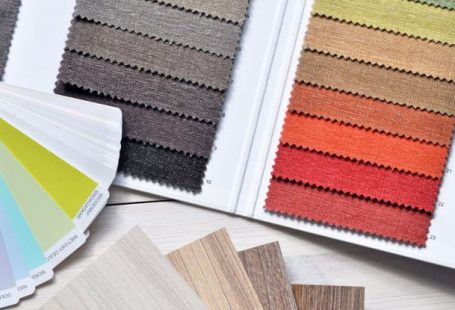In the realm of interior design, an emerging trend has been gaining traction for its ability to enhance overall well-being and connectivity to the natural world – biophilic design. This innovative approach integrates elements of nature into living spaces, creating environments that promote harmony, tranquility, and vitality. From incorporating natural light and greenery to using organic materials and textures, biophilic design offers a multitude of benefits for homes that go beyond mere aesthetics. Let’s delve into how embracing biophilic design can transform your living space into a sanctuary of wellness and connection.
Enhancing Well-being and Mental Health
The first and most significant benefit of biophilic design is its positive impact on well-being and mental health. By bringing elements of nature indoors, such as plants, natural light, and water features, biophilic design helps reduce stress, anxiety, and depression. Studies have shown that exposure to nature or nature-inspired elements can lower heart rates, reduce blood pressure, and improve overall mood. This connection to nature is essential for our psychological well-being, especially in urban environments where access to green spaces may be limited.
Improving Air Quality and Health
Another crucial aspect of biophilic design is its contribution to improving indoor air quality. By incorporating plants and natural ventilation systems, biophilic homes can help filter out toxins and pollutants, creating a healthier living environment. Plants not only act as natural air purifiers but also increase oxygen levels and humidity, which can have a positive impact on respiratory health. This focus on air quality is especially important for individuals with allergies or respiratory conditions, making biophilic design a practical choice for promoting overall health and wellness at home.
Boosting Productivity and Creativity
In addition to its health benefits, biophilic design has been shown to enhance productivity and creativity in various settings, including homes. By introducing natural elements like wood, stone, and water into interior spaces, biophilic design can stimulate the senses and foster a sense of inspiration and focus. Research indicates that access to nature or nature-inspired elements can increase cognitive function, concentration, and problem-solving skills. Whether working from home or pursuing creative endeavors, a biophilic environment can provide the ideal backdrop for heightened productivity and innovation.
Creating a Sense of Connection and Community
Biophilic design goes beyond individual well-being to foster a sense of connection and community within homes. By blurring the boundaries between indoor and outdoor spaces, biophilic design encourages social interaction, collaboration, and a sense of belonging. Features like outdoor terraces, garden courtyards, and shared green spaces can bring residents together, creating opportunities for socializing, relaxation, and community engagement. This sense of connection to both nature and neighbors can enhance overall quality of life and create a supportive and collaborative living environment.
Embracing Sustainable Practices
Lastly, biophilic design aligns with sustainable practices by emphasizing the use of natural materials, energy-efficient systems, and environmentally friendly building techniques. By prioritizing sustainability, biophilic homes reduce their carbon footprint, conserve resources, and promote eco-conscious living. This commitment to sustainability not only benefits the environment but also contributes to long-term cost savings and energy efficiency for homeowners. By embracing biophilic design, individuals can make a positive impact on the planet while creating beautiful, healthy, and sustainable living spaces for themselves and future generations.
In conclusion, biophilic design offers a holistic approach to creating harmonious and nurturing living environments that benefit both residents and the planet. By integrating elements of nature into homes, biophilic design enhances well-being, improves air quality, boosts productivity, fosters community, and promotes sustainability. Whether through the use of natural light, plants, or organic materials, incorporating biophilic principles into your home can transform it into a sanctuary of wellness, vitality, and connection. Embrace the beauty and benefits of biophilic design to create a living space that not only looks good but also feels good – for you and the world around you.




